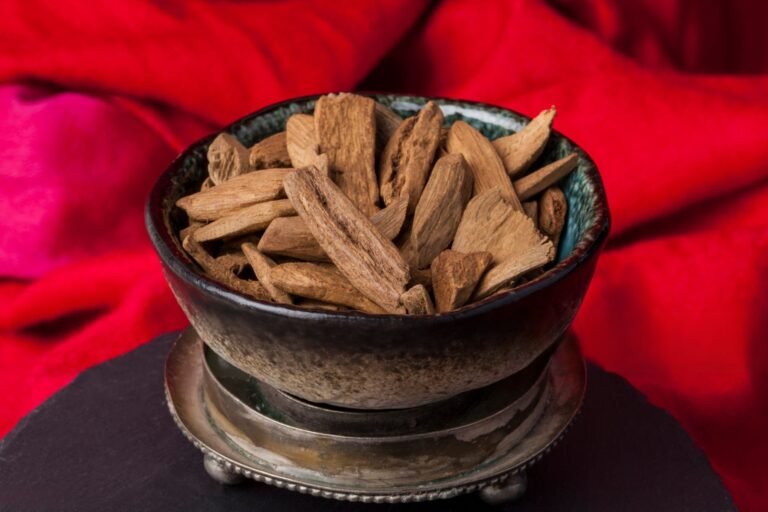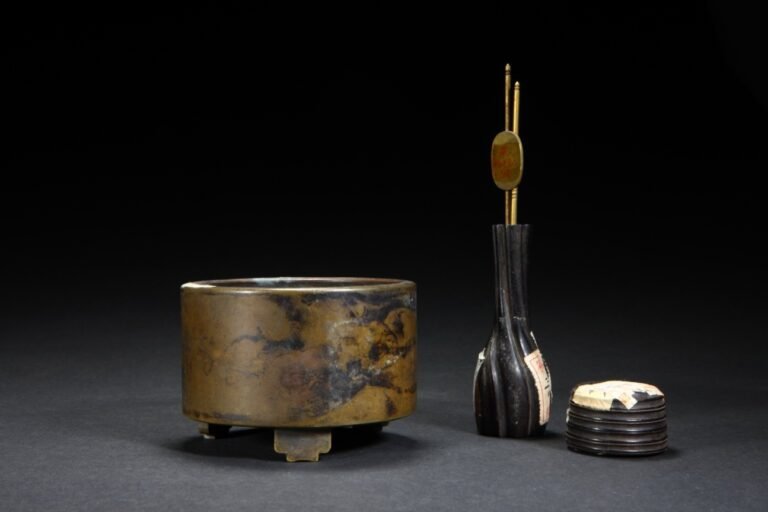Introduction
From the ancient Silk Road to the opulent courts of the Qing Dynasty, incense—particularly sandalwood and agarwood—has been a cornerstone of Chinese culture. More than just a fragrance, it shaped rituals, inspired poets, and symbolized power. Join us as we trace the aromatic journey of incense through China’s dynastic history.
Han Dynasty (202 BC – 220 AD): The Birth of Incense Trade
- Silk Road & Conquests: Emperor Wu’s campaigns against the Xiongnu expanded Han territories, paving the way for the Silk Road. This network introduced precious incense woods like shengxiang (agarwood) to China.
- Cultural Exchange: Incense became a luxury item, traded alongside silk and spices, marking the beginning of its sacred status.
Wei Jin to Southern & Northern Dynasties (220–589 AD): Buddhism and Imperial Devotion
- Buddhist Influence: Agarwood gained spiritual significance as the “bridge between three realms.” Emperors like Liang Wu Di used it in rituals to pray for prosperity, blending Taoist and Buddhist traditions.
- Imperial Rituals: Agarwood was reserved for celestial sacrifices, symbolizing purity and divine connection.
Tang Dynasty (618–907 AD): Poets, Palaces, and Sandalwood Pavilions
- Li Bai’s Legacy: The legendary poet immortalized sandalwood in verses composed for Yang Guifei, Emperor Xuanzong’s beloved consort. His drunken masterpiece in a sandalwood pavilion sparked a cultural craze.
- Tributary Gifts: Envoys from vassal states gifted premium sandalwood, fueling its use in lavish architecture, like the famed “Ten Great Pavilions.”
Song Dynasty (960–1279 AD): Incense for the Masses
- Urban Boom: Incense shops, pharmacies, and tea houses flourished. Burning incense became one of the Four Virtuous Arts for aristocratic women.
- Pop Culture: Historical dramas like The Story of Ming Lan depict incense rituals as markers of social status and refinement.
Ming Dynasty (1368–1644 AD): Zheng He’s Global Quest
- Zheng He’s Voyages: The eunuch admiral’s expeditions secured vast incense reserves from Southeast Asia and beyond, enriching the Ming court.
- Diplomacy & Trade: Zheng He’s maps and tributes from 148 nations cemented China’s maritime dominance and incense’s role as a diplomatic tool.
Qing Dynasty (1644–1912 AD): Opulence and Empress Dowager Cixi
- Imperial Extravagance: Sandalwood shortages plagued the Qing court, reserved for elites like Empress Dowager Cixi.
- Cixi’s Obsession: She used sandalwood for everything—incense, beauty masks, and even insomnia remedies. Her vanity recipes, like ash-and-egg-white face masks, became folklore.
Incense in Modern Times
- Cultural Revival: Today, traditional incense ceremonies are revived in tea houses and wellness practices.
- Holistic Wellness: Agarwood oil and sandalwood remain popular in aromatherapy, skincare, and spiritual rituals.
Conclusion: The Eternal Fragrance of History
Incense is more than smoke—it’s a thread weaving through China’s triumphs, arts, and spirituality. From emperors to poets, its legacy endures, reminding us that even the mightiest dynasties fade, but culture lingers in the scent of sandalwood.





